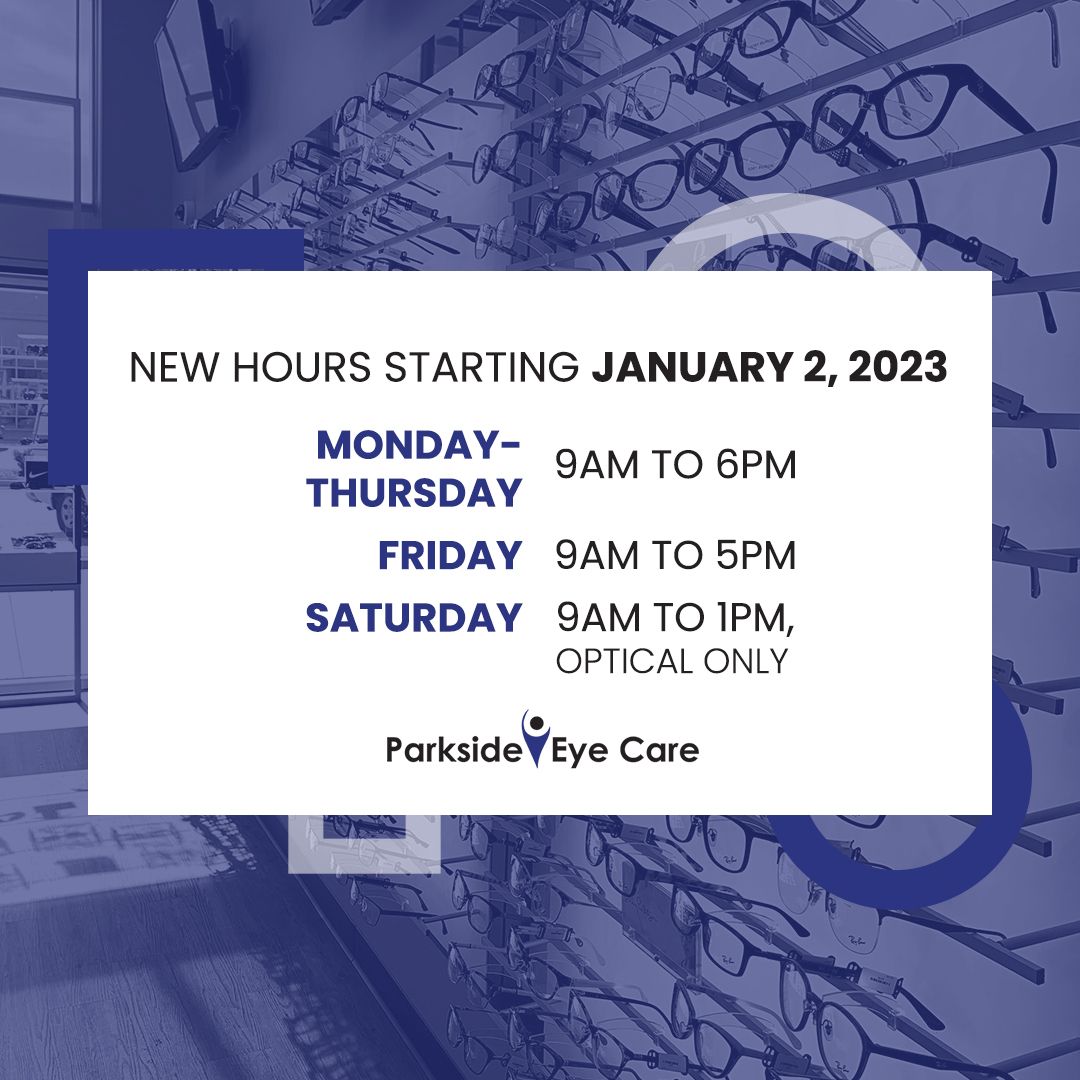
As you age, your body parts begin to function differently and often less efficient than they used to. Among the body parts that typically display the effects of aging early are the eyes. Cataracts are one of the most common conditions to develop as your eyes age. Cataracts cause cloudy or blurry vision, making it difficult to carry on daily activities. If left untreated, cataracts can result in vision loss.
What are the Symptoms of Cataracts?
Cataracts typically begin when the eye's lens, behind the pupil and iris, becomes cloudy. It happens over time and often after we get to 40 years old. The clouding of the eye's lens happens because of protein collecting in the lens over time. The protein collects on the surface of the lens, interfering with the light getting into the eye.
As cataracts develop, you will notice some of the following issues with your vision.
Dim, cloudy, and blurry vision.
Difficulty seeing clearly at night.
Increased light and glare sensitivity.
Requiring brighter light to read or work normally.
Lights have halos around them.
Frequent changes in prescriptive eyewear due to rapid changes in your prescription.
Colors seem to fade or yellow.
Experiencing double vision in one eye.
When cataracts develop, the changes may only affect a certain part of the lens, which will not alarm you. However, the changes will not be localized for long; they will spread, and you will become aware of them.
What Happens During a Cataract Screening?
To determine whether cataracts cause your vision impairment, the eye doctor will first look at your medical history. They will want to know what symptoms you have been experiencing or how long. After this, they will perform a series of tests to help narrow down the diagnosis.
Below are some of the common tests that eye doctors perform to make a diagnosis.
Visual Acuity
Eye doctors use the visual acuity test to measure the quality of your vision at varying distances. They will often use a chart with different characters that you are supposed to identify. They will test each eye individually, then both eyes at the same time.
Visual acuity results are represented in a fraction, such as 20/20 or 20/40. Normal vision is at 20/20, meaning you can see objects 20 feet away clearly.
A visual acuity test cannot tell what eye condition you may have. So, the eye doctor will perform other tests using the visual acuity test as a reference. A visual acuity test helps the eye doctor narrow down possible conditions.
Contrast Sensitivity
The contrast sensitivity test is similar to a visual acuity test. Eye doctors use it to determine whether you can tell an object apart from its background. Poor contrast sensitivity makes it difficult for you to identify objects in low-contrast backgrounds.
When cataracts develop, they affect your contrast sensitivity because they cause light scattering. They will significantly lower your contrast sensitivity.
Slit-lamp
Eye doctors will use a special microscope called a slit lamp to look inside your eye. With this device, the eye doctor can observe your eye's lens and determine the severity of cataracts. The device works by shining a light into your eye to illuminate the internal features.
For more on what happens during a cataract screening, visit Parkside Eye Care at our office in Cary, North Carolina. Call (919) 883-9987 to book an appointment today.














